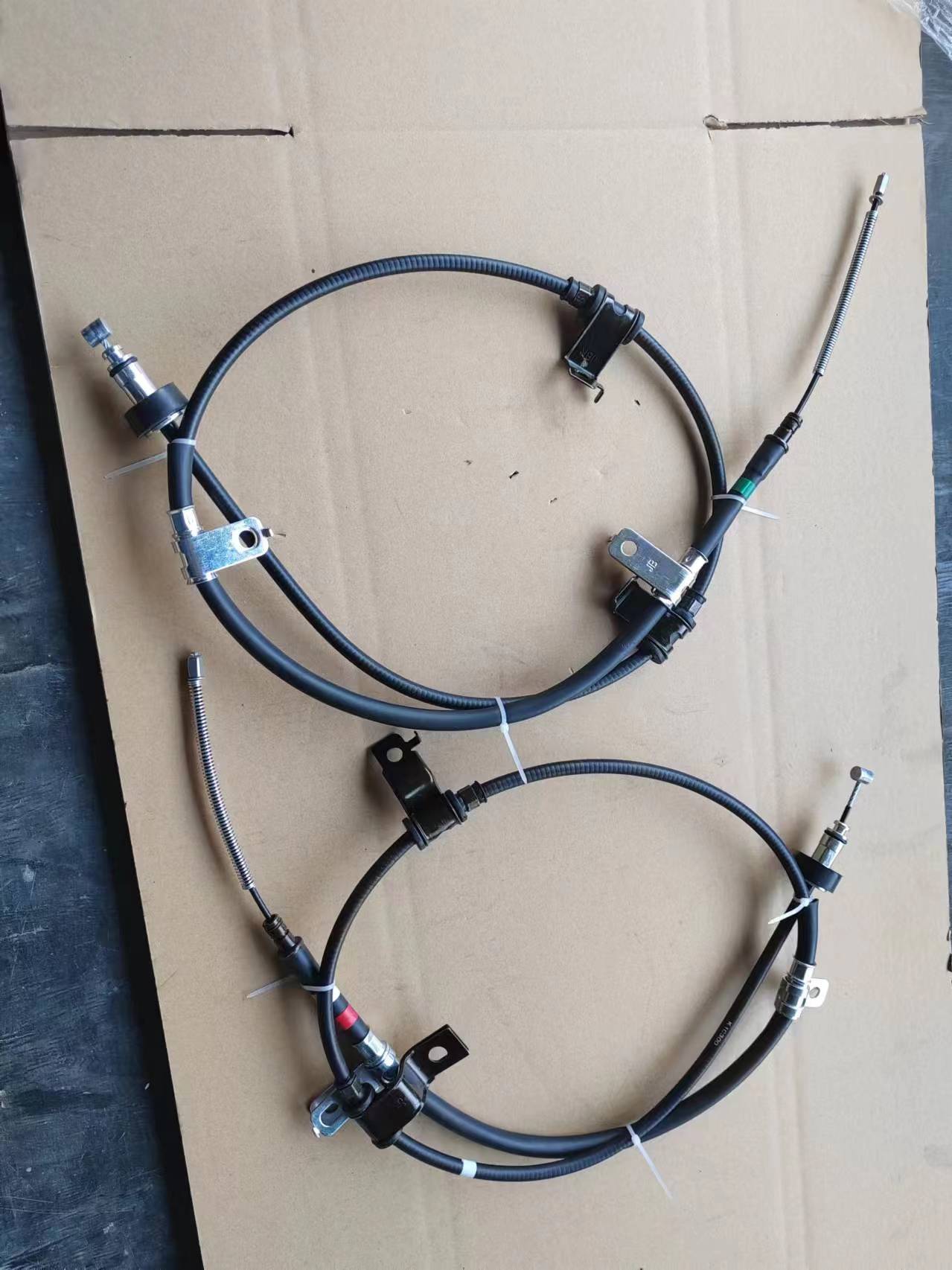Handbrake Cable Tension Adjustment Method for Optimal Performance and Safety Tips
Understanding Hand Brake Cable Adjusters A Comprehensive Guide
The hand brake, or parking brake, is an essential component of a vehicle's braking system, providing an extra layer of safety when parking. One crucial part of this system is the hand brake cable adjuster, which plays a significant role in maintaining the proper function of the hand brake. In this article, we will delve into what hand brake cable adjusters are, their importance, and how to properly adjust them.
What is a Hand Brake Cable Adjuster?
The hand brake cable adjuster is a mechanism that allows you to fine-tune the tension of the hand brake cables. These cables connect the hand brake lever to the brake mechanism at the wheels. Over time, due to wear and tear or stretching of the cables, the effectiveness of the hand brake can diminish. This is where the adjuster comes into play, ensuring that the cables maintain the proper tension for optimal braking performance.
Importance of Proper Adjustment
A properly adjusted hand brake is crucial for several reasons. First and foremost, it ensures the safety of the vehicle when parked. An ineffective hand brake can lead to unintended rollaways, especially on inclines. Additionally, proper adjustment contributes to the overall efficiency of the braking system. If the cables are too loose, the hand brake may not engage fully, compromising the vehicle's ability to remain stationary. Conversely, if the cables are too tight, it can lead to increased wear on the braking components and possibly cause brake failure.
How to Adjust Hand Brake Cables
Adjusting the hand brake cables is a straightforward process that can be done with basic tools
. Here’s a step-by-step guidehand brake cable adjuster

1. Locate the Adjuster Start by identifying the cable adjuster. It is usually situated near the hand brake lever inside the car or underneath the vehicle close to the rear brakes.
2. Check Cable Tension Before making adjustments, pull the hand brake lever up to determine how many clicks it takes to engage the brake. Ideally, it should take about three to four clicks to fully engage.
3. Adjust the Tension If the hand brake lever feels too loose or takes too many clicks, turn the adjuster to tighten the cable. Conversely, if it’s too tight, loosen the cable as necessary.
4. Test the Adjustment After adjusting, test the hand brake by engaging it and ensuring that the vehicle does not roll when parked. Repeat the adjustment process if necessary.
5. Secure Everything Once satisfied with the adjustment, ensure all components are secured and the adjuster is locked in place.
Conclusion
Maintaining the correct tension in the hand brake cable is essential for the safe operation of your vehicle. Regular checks and adjustments can prevent issues that may lead to brake failure or unwanted vehicle movement. By understanding the function of the hand brake cable adjuster, vehicle owners can take proactive steps to ensure their hand brake remains in top condition, enhancing both safety and reliability on the road.
-
Workings of Clutch Pipe and Hose SystemsNewsJun.04,2025
-
The Inner Workings of Hand Brake Cable SystemsNewsJun.04,2025
-
The Secrets of Throttle and Accelerator CablesNewsJun.04,2025
-
The Hidden Lifeline of Your Transmission Gear Shift CablesNewsJun.04,2025
-
Demystifying Gear Cables and Shift LinkagesNewsJun.04,2025
-
Decoding Clutch Line Systems A Comprehensive GuideNewsJun.04,2025
